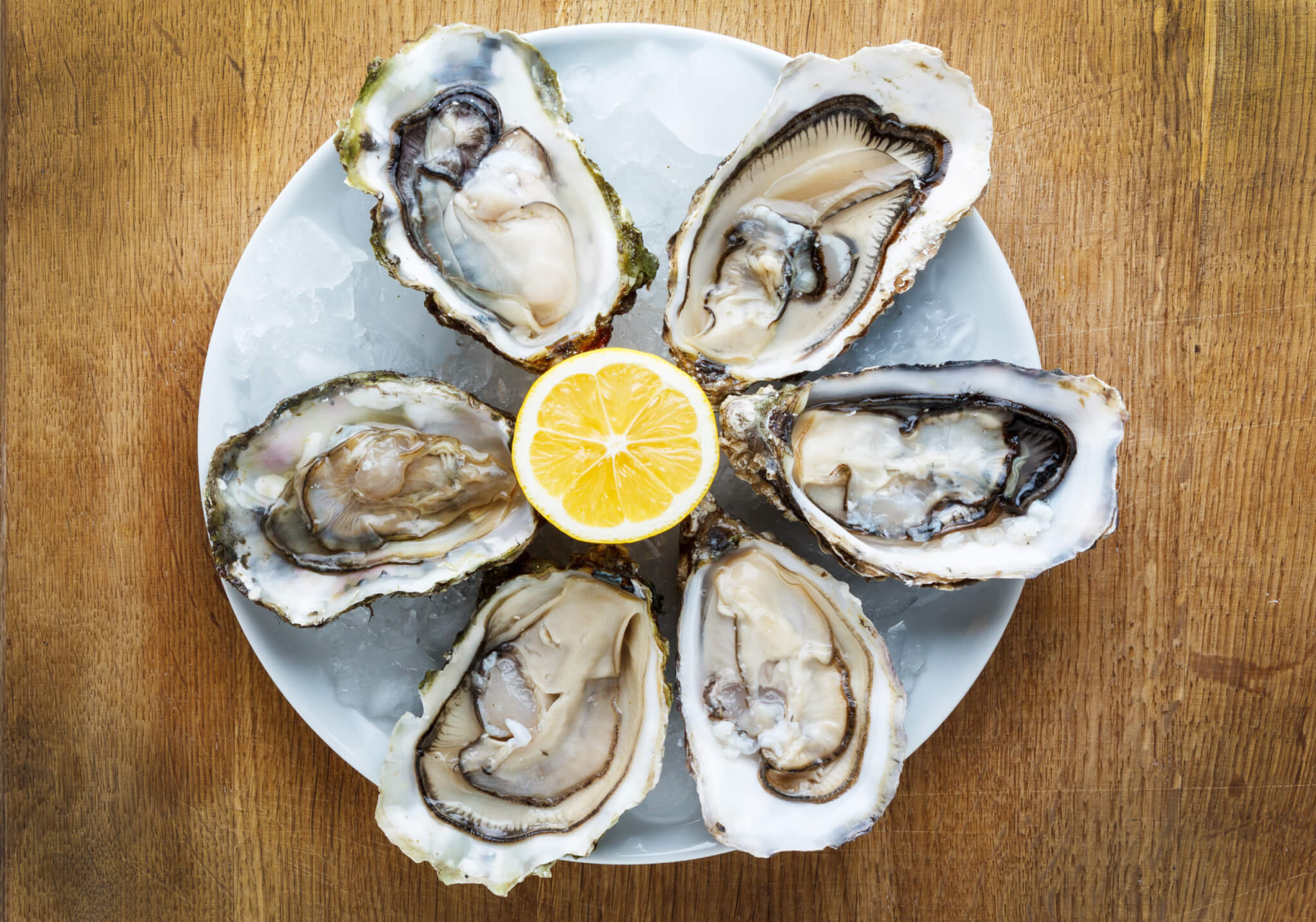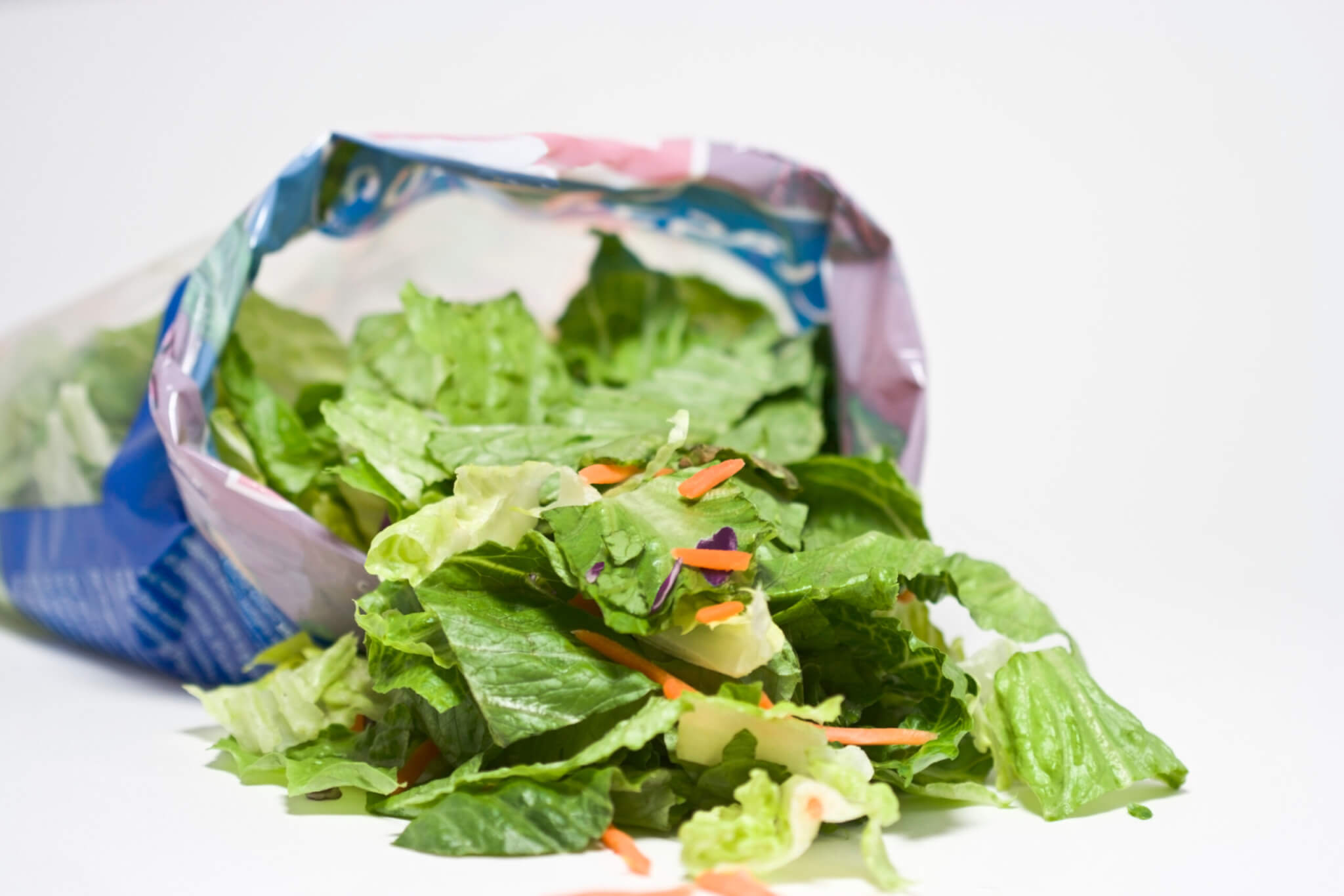Every year, around 2.4 million people in the United Kingdom get food poisoning – mostly from viral or bacterial contamination. Most people recover within a few days without treatment, but not all are that lucky.
As a microbiologist, I’m probably more acutely aware of the risk of food-borne infections than most. Here are some of the things I look out for.
Eating outdoors
I rarely eat alfresco – whether picnics or barbecues – as the risk of food poisoning goes up when food is taken outdoors.
Keeping your hands clean when handling food is key to not getting sick, but how often do you find hot running water and soap in a park or on a beach? You can use alcohol hand gels (they’re better than nothing), but they don’t kill all germs.
Also, food tends to attract an array of flying and crawling critters, such as flies, wasps and ants, all of which can transfer germs, including E. coli, Salmonella and Listeria, to your food.
Keeping perishable food cold and covered is essential as germs can double in numbers if food is allowed to warm up to 30℃ for more than a few hours. For barbecues, meat needs to be thoroughly cooked, and a meat thermometer is a good investment to avoid food poisoning. Do not eat meat if its internal temperature is less than 70℃ (158 degrees Fahrenheit).

Buffets
Knowing what food-related conditions bacteria prefer to grow in, I am very mindful of the microbiological safety of hot and cold buffet displays. Indoors, food can be exposed to contamination from insects, dust and above all, people. Food poisoning is, therefore, an inevitable risk when dining at a buffet.
Contamination comes from buffet visitors touching food, and germs can be sprayed on to buffets from people sneezing or coughing close to the food. Even indoors, one must consider contamination by insects, such as flies or wasps, settling on the uncovered food. Also, germs may be deposited from the air, which is rich in bacteria, fungi and viruses.
I always look at the clock when I’m at a buffet as there is a two-hour catering rule: perishable food will become unsafe to eat within two hours if not kept covered and refrigerated. The problem is buffets tend to be laid out before you arrive, so it is difficult to tell if the platters of cooked meat, seafood, salads, desserts and appetizingly arranged fruit and vegetables will have been sitting for more than two hours when you come to eat them.
For hot buffets, such as those served at breakfast in hotels, I always avoid lukewarm food, as bacteria that cause food poisoning can grow quickly when food is kept at less than 60℃. Hot food should be served hot, that is at a temperature of at least 60℃ (140 degrees Fahrenheit). If there is any uncertainty about the safety of the food on offer, I reluctantly breakfast on freshly toasted bread and individually packaged marmalade.
Oysters
There are some foods I never eat, and raw shellfish, such as oysters, is one of them. This is because oysters are filter feeders and can concentrate germs, such as Vibrio and norovirus, in their tissue.
A Vibrio-contaminated oyster does not look, smell, or taste different, but can still make you very ill. The U.S. Centers for Disease Control and Prevention estimates that about 80,000 people get Vibrio infections from raw oysters, and in the US alone 100 people die from vibriosis each year.

It is also possible to pick up food poisoning from eating any raw shellfish (clams, mussels, whelks, cockles). I only eat shellfish that are well-cooked because heat effectively kills harmful germs.
Bagged salads
I never eat bagged salads, largely because one of my research areas is fresh salad safety. It has been found that bagged lettuce can contain food poisoning germs such as E. coli, Salmonella and Listeria.
My research group has found that these pathogens grow more than a thousand times better when given juices from salad leaves, even if the salad bag is refrigerated. Worryingly, the same germs use the salad juices to become more virulent, and so better at causing an infection.
For those salad lovers alarmed by this information, most bagged salads are safe if stored refrigerated, washed well before use (even ready-to-eat salad should be washed) and eaten as soon as possible after buying it.

Cooking practices
In terms of cooking practices, I have a list of dos and don’ts.
For perishable foods, I regularly check use-by dates, but if it is before the expiry date and the food package looks swollen, or when opened the food looks or smells different than expected, I throw it in the bin as it could be contaminated.
I never use the same chopping boards for raw and cooked foods, and washing my hands before and after handling food is instinctual.
One of my “never do” practices is reheating cooked rice. This is because uncooked rice can contain spores of Bacillus cereus, a food-poisoning germ.
Although the Bacillus cells are killed by cooking, the spores survive. If the rice is left to cool and sit at room temperature, the spores grow into bacteria, which will increase in numbers quickly as rice is a good Bacillus culture medium when at room temperature.
The rice-cultured Bacillus can produce toxins that, within a few hours of ingestion, can cause vomiting and diarrhea lasting up to 24 hours.
Dining out
I find that having a high level of food safety awareness causes me to be first in line for buffets, to be cautious about eating from breakfast bars, and to watch the clock for how often perishable food is replaced. I never collect “doggy bags” of food leftovers (they have usually exceeded the two-hour time limit), even if they really are intended for a pet.
The benefits of being a microbiologist are that we know how to avoid food poisoning and, in return, people have confidence our cooking is very safe to eat.![]()
Article written by Primrose Freestone, Senior Lecturer in Clinical Microbiology, University of Leicester
This article is republished from The Conversation under a Creative Commons license. Read the original article.

I will start this commend by stipulating that while I am no microbiologist, the intent of this article is likely correct, but like many scientists, the authors are so involved in their specialty that they miss the bigger picture. Said another way, they missed the forest for all the trees (germs in this case).
Humans have evolved to live immersed in a world of bacteria, viruses, fungi, molds, and other so-called germs. In fact, we can not live without them. It is, for example, well known there are more cells of bacteria in and on the human body than there are human cells (The bacteria cells are much smaller). These bacteria help us digest food. They provide the coating that seals the lining of our intestines and provide part of the covering we call skin.
In the environment, germs are everywhere. They can be found floating in the air, in the dirt, where they help plants thrive, and on the floors and tables. There is scarcely a place that is free from germs.
As noted in the article, some of these germs can and do cause illnesses. Take, for example, the “dangerous” E. coli species of bacteria. While the article describes extreme methods to avoid E. coli, it fails to mention that nearly all of us have an infestation of E. coli in our intestines. E. coli helps provide us with vitamin B12 and iron, among other nutrients. We would die without E. coli. (https://www.ncbi.nlm.nih.gov/pmc/articles/PMC4373459/)
So what keeps the E.coli and other germs from killing us all? Our immune system. Our innate immune system starts in our intestines with a large collection of germs, all living in a symbiotic relationship with us humans. So long as the balance is maintained, everyone is happy. it is when the balance is disturbed that we get sick.
Next up the chain is our adaptive immune system. It learns from exposure to disease-causing germs and retains that memory so the next time that germ is encountered, it is quickly eliminated from the body. This brings me to the question of how the adaptive immune system learns.
It learns from limited exposure to the germs it needs to learn about. Where do these germs come from? They come from the environment. Starting with an initial load from the mother’s birth canal upon delivery. Later, the child kisses the dog, and even later, older people go to a picnic. All these things expose our immune systems to small amounts of various pathogens so our immune system can be trained to eliminate the excess ones from our body. Failure to train the immune system is one of the reasons that children raised in the city are frequently less healthy than those raised on a farm (1),
This leads me to conclude the extreme curtailment of pleasurable activities listed in this article is simultaneously a fool’s errand and bad for human health. Eliminating all germs is not possible, and even if possible, it would not be advisable.
Please don’t read more into this message than what was intended. I am greatly in favor of reasonable efforts toward cleanliness. Washing your hands after working in the garden. Keeping a separate cutting board for raw meat and salads. Wiping the tables in a restaurant between customers. Covering your mouth when you cough or sneeze. Staying home when you are sick are a few reasonable efforts to make, but avoiding picnics, and throwing out food because it is one day out of date is foolish and wasteful. It causes you to miss an opportunity to train your immune system and miss out on some of life’s enjoyable experiences.
I will close with two comments. 1 – I have discussed this with people who provide food service for a living, and they follow the suggestions in this article to the letter and beyond. When I asked why, they told me they would be financially liable if anyone got sick, so they take extreme measures to prevent being accused of negligence in a court of law.
2 – Packaged food dates are primarily related to food taste and manufacturer’s profits, not to product safety. Read this FDA report for further information.
https://www.fda.gov/consumers/consumer-updates/confused-date-labels-packaged-foods
(1) – This is known as the Hygiene hypothesis. Here are two articles for further reading. The first is a lay article from NPR entitled “Why Getting Grimy as A Child Can Make For A Healthier Life,” and the second is a detailed look at the various aspects of this activity entitled “The Hygiene Hypothesis and New Perspectives—Current Challenges Meeting an Old Postulate.”
https://www.npr.org/sections/health-shots/2012/03/23/149232765/why-getting-grimy-as-a-child-can-make-for-a-healthier-life/
https://www.ncbi.nlm.nih.gov/pmc/articles/PMC8012489/
Great counterpoints, Jerry Segers.